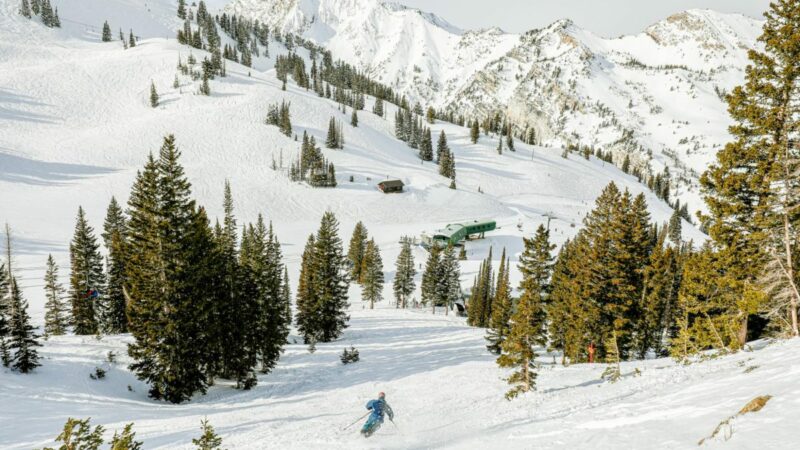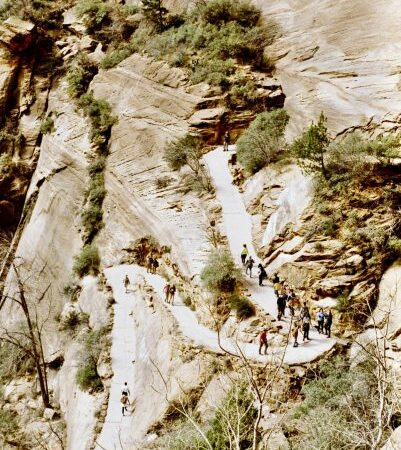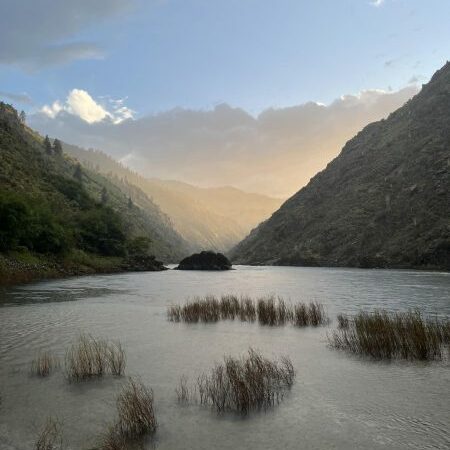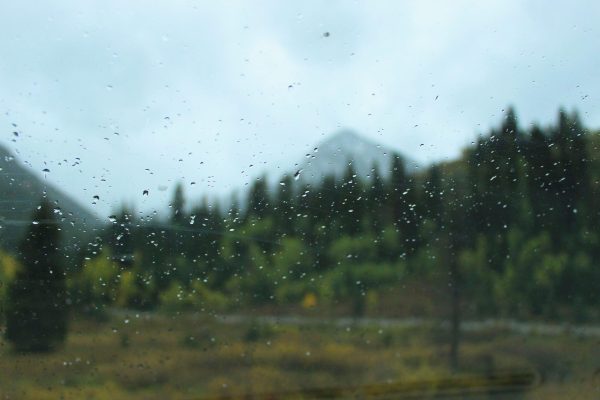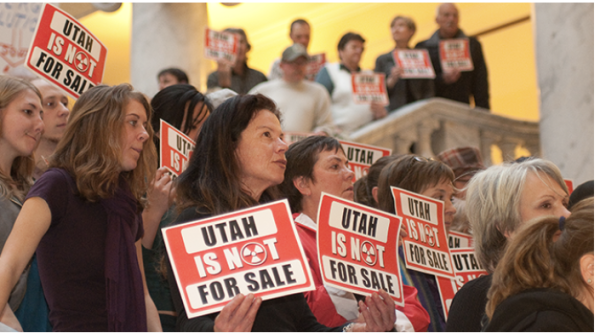Darkening Dust
Salt Lake City inhabitants, and everyone who lives in the Wasatch front, experience an exceptional range of weather throughout any given year. While our favorite playgrounds up in Brighton and Snowbird received over 800 inches of record breaking snow this past winter, July of 2023 has broken records of its own: July 16th reached 106 degrees, breaking the past record of 103. While frigid winds will burn your face racing down black diamonds in February, summer’s blistering heat will give you a farmer’s tan just by walking to the grocery store. This poses a very interesting question–by the time excessive heat warnings are issued in Salt Lake City and surrounding areas, what happens to all the snow? It melts, but this is far more complicated than it sounds.
The snowpack in the Wasatch mountains is a pivotal component of Utah’s freshwater supply. As the Great Salt Lake melts lower and lower each year, infrastructure relies more heavily on the snow: as of 2023, about 95% of Utah’s water resources (used for drinking water, irrigation, power, etc.) is found in the snowpack. Regardless of the record-breaking snow in 2022-2023, the Great Salt Lake is still multiple feet lower than a healthy, ecologically abundant resource. One winter of excessive snow can’t undo decades of drought and water scarcity. As a result, the snowpack becomes the most important factor to water resources in Utah.
Albedo is the magnitude of reflectivity from the earth’s surface; simplified, this is how much of the sun’s heat bounces off the surface of Earth, rather than how much is absorbed. Have you ever wondered why wearing black shirts in the summer is a mistake? The shirt’s “albedo” is far lower, since the dark surface absorbs more of the heat. The lighter the surface, the more sun gets reflected.
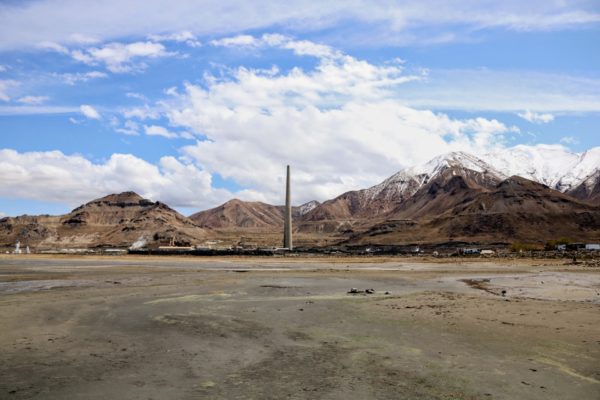
The melting of the Wasatch’s snowpack is changing. While superfluous dust (which is amplified by the Great Salt Lake’s decline) adds to Salt Lake’s notorious air quality, it has also drastically increased the rate at which the snowpack melts. This is a result of the dust molecules latching onto the snow, darkening its color; therefore, the ensuing snow has a lower albedo, absorbing more sunlight and heat. In 2022, the snow in the Wasatch melted over two weeks faster than usual because of a dense accumulation of dust onto the snow. 2023 will be no different.
A more rapid snow melt creates a multitude of issues. Reservoirs and other water infrastructures in Utah were constructed to hold water from snow that melted at slower rates than those of the present day. Faster melts can overwhelm current systems, leading to inefficient water usage, or even heavy flooding. Additionally, when all the water melts faster than natural, the forests in the Wasatch will dry much faster, and stay dry much longer. This is not only unhealthy for the forest’s ecology, but it is potentially dangerous: wildfires will become more prevalent the drier it gets.
With each and every year, the effects of climate change impact more and more aspects of life. What makes Utah so beautiful, so inspiring, is the landscape and the opportunities that come with it. From powder days in the winter to hiking lakes in the summer, the Wasatch mountains become more than just a pretty view from our windows–they are our home. Don’t take those hikes or drives up the canyon with your friends for granted, because the future of our home is starting to become more and more uncertain. Go outside!
The post Darkening Dust appeared first on Wasatch Magazine.


